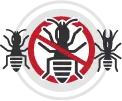Professional Wasp Exterminator in New Jersey
Wasp Exterminators in New Jersey You Can Trust
Dealing with a wasp infestation requires a more targeted approach than an over-the-counter spray and hope. You need a team that eliminates the current problem and prevents wasps from coming back in the future to terrorize your home down the line. While other insects may get more attention, our experts know how to deal with paper wasps and yellow jackets quickly and efficiently. Our home pest control experts identify the source of the infestation, use proven extermination methods, and help you take your property back from these pests.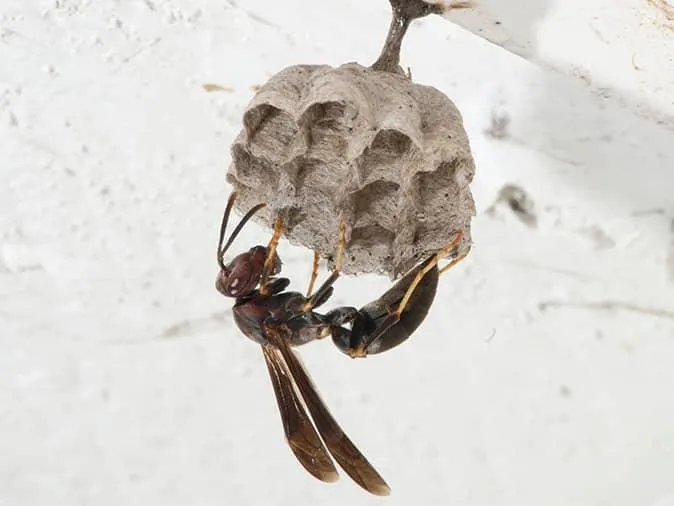
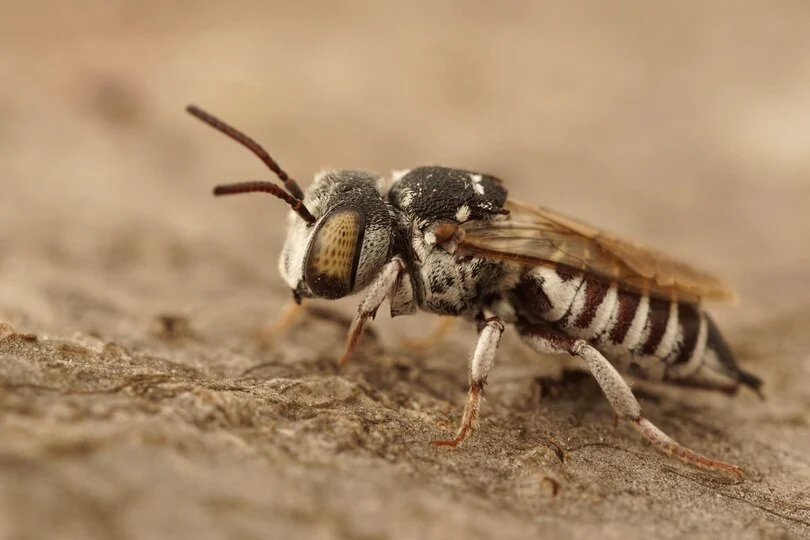
Signs You’re Dealing With a Wasp Infestation
Spotting a wasp here or there isn’t cause for alarm, but certain signs signal a deeper wasp problem. Telling the difference between a wasp that has stumbled into your yard vs. there is a larger infestation that you need to deal with is important for your yard. Here are key signs that you have a wasp infestation:Read More
- Increased Wasp Activity: If you notice wasps flying around your property, especially near garbage cans, food waste, or flowering plants, they may be establishing a colony.
- Visible Nests: Paper wasps, yellow jackets, and other wasps build nests under eaves, inside sheds, in attics, and even underground. Wasp nest removal should be handled professionally to avoid aggressive attacks.
- Persistent Stings: A wasp nest may be nearby if wasps sting repeatedly or you see aggressive behavior around certain areas. Unlike bees, most species of wasps don’t leave their stingers behind, meaning they can attack multiple times.
- Buzzing Sounds: A persistent buzzing noise coming from walls, ceilings, or tree branches may indicate a hidden wasp nest.
- Wasp Larvae or Eggs: If you see larvae inside nests or wasps frequently entering and exiting a specific location, it signals an active colony.
If you notice wasps living in wall cavities, attics, or abandoned rodent burrows, the infestation has already reached a dangerous level. Identifying these signs early can prevent these pests from becoming a bigger threat to your home and outdoor activities.
Benefits of Getting a Professional Exterminator to Deal With Your Wasp Problem
Handling wasp nests without professional pest control is a gamble. A wasp exterminator knows how to get rid of them safely, preventing injuries and allergic reactions. Wasps feel threatened when their colony is disturbed, making untrained wasp nest removal dangerous.Professional wasp control goes beyond spraying a few wasp traps; it involves understanding wasp behavior, identifying different species of wasps, and using precise techniques to prevent them from returning. Social wasps build colonies that expand quickly, with queens laying eggs that develop into aggressive worker wasps. Without expert wasp treatment, those colonies grow uncontrollably. Here are the key benefits of professional wasp extermination:
Read More
- Comprehensive Nest Removal: Professionals locate and remove wasp nests completely, preventing colonies from rebuilding in the same area.
- Safety First: Attempting DIY wasp nest removal increases the risk of being stung multiple times. Experts use protective gear and effective pest control methods to eliminate threats.
- Long-Term Prevention: By identifying food sources and sealing entry points, professional wasp exterminators help prevent wasps from returning.
- Expert Identification: Different wasp species require different treatments. Professionals know how to deal with yellow jackets, paper wasps, hornets, and solitary wasps effectively.
- Eco-Friendly Solutions: Pest control professionals use targeted treatments that eliminate wasps while minimizing impact on pollinators and other beneficial insects.
- Peace of Mind: With trained professionals handling the problem, you avoid the stress and danger of dealing with aggressive wasps on your own.
Wasp extermination specialists identify food sources attracting them, seal off entry points, and apply industry-grade solutions to disrupt their breeding cycle. The right pest control method depends on species, colony size, and environmental conditions. Left unchecked, wasps multiply, creating a year-round wasp issue.
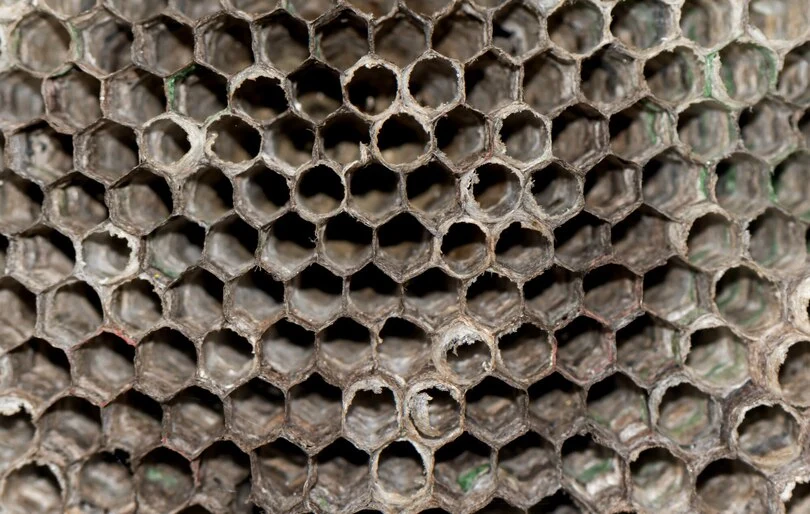
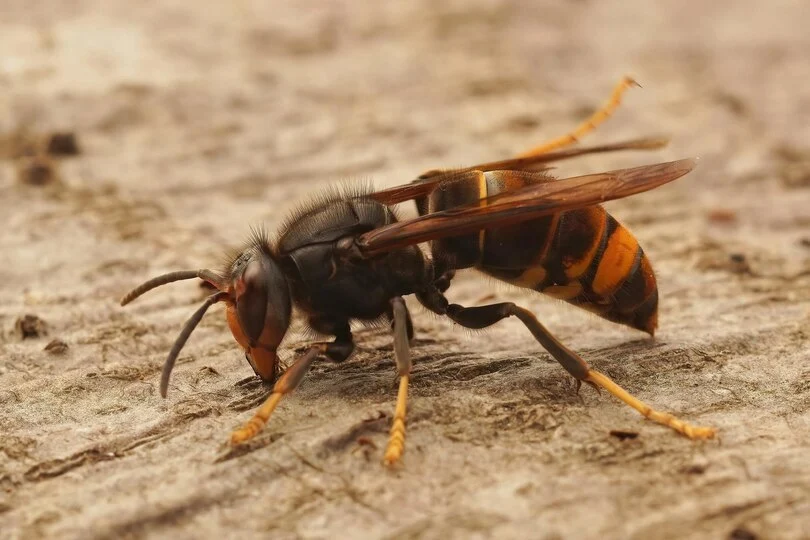
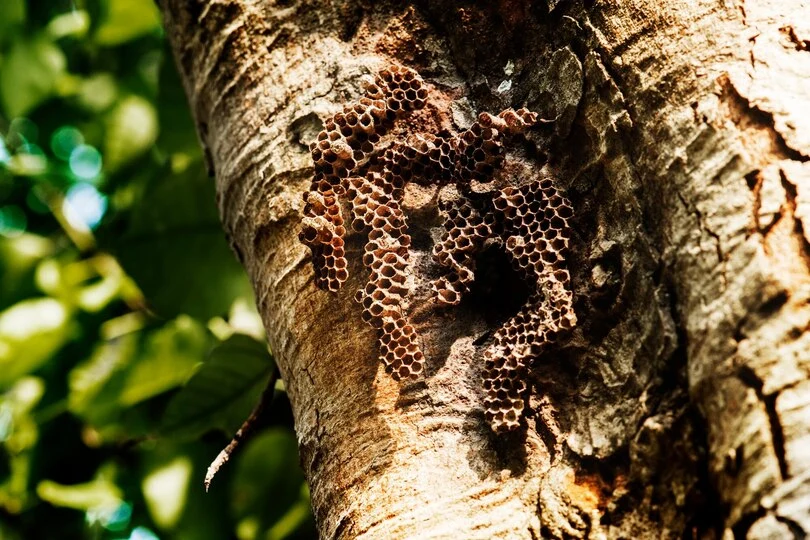
Why Choose Arrow Pest Control for Your Wasp Control Needs
Arrow Pest Control eliminates wasp infestations at their source. Wasp pest control requires more than a quick spray; it’s about long-term prevention. Whether dealing with yellow jackets, hornets, or solitary wasps, our team precisely identifies and removes wasp nests. We target adult wasps, eggs, and larvae, stopping future colonies from forming. Our approach to wasp extermination involves safe and effective wasp treatment, using eco-friendly solutions that minimize harm to pollinating insects. Unlike DIY wasp nest removal methods that leave parts of the colony intact, our professionals remove wasps completely. From spotting nests in high-risk areas to sealing off nesting sites, our process keeps your property safe from these aggressive pests. Wasps live in unpredictable places, from attic spaces to underground burrows. With our expertise, wasps no longer threaten your home, family, or pets. Trust our proven methods to rid your property of wasps permanently. We can also help deal with your hornet and cicada problems.Schedule Your First Wasp Control Consultation in New Jersey Today
Don’t let a wasp infestation put your safety at risk. Wasps sting repeatedly, attacking humans, pets, and other animals that get too close. Whether it’s a single nest or a widespread wasp issue, Arrow Pest Control delivers expert wasp extermination tailored to your needs. Wasp traps and over-the-counter sprays only provide temporary relief. Professional wasp control eliminates wasps at the source, preventing recurring infestations. With colonies growing rapidly in warm months, immediate wasp treatment is crucial. Get rid of wasps before they take over your outdoor spaces. Our experts handle wasp species of all kinds, from aggressive yellow jackets to docile mud daubers. Trees, eaves, sheds, and no wasp nest are out of reach.
Book your wasp nest removal service today and enjoy peace of mind knowing your property is protected. Don’t wait for wasps to multiply. Call Arrow Pest Control and reclaim your space from stinging pests.

Client Testimonials
Free Home Estimate
"*" indicates required fields

